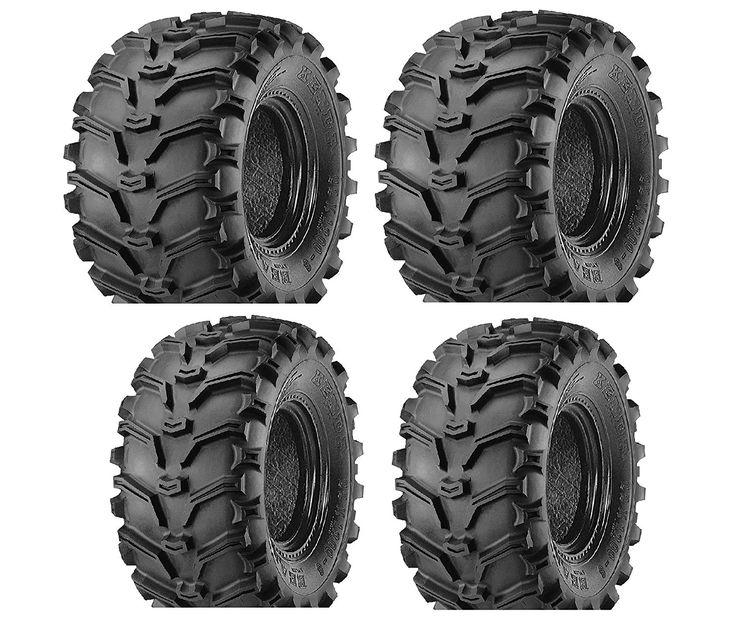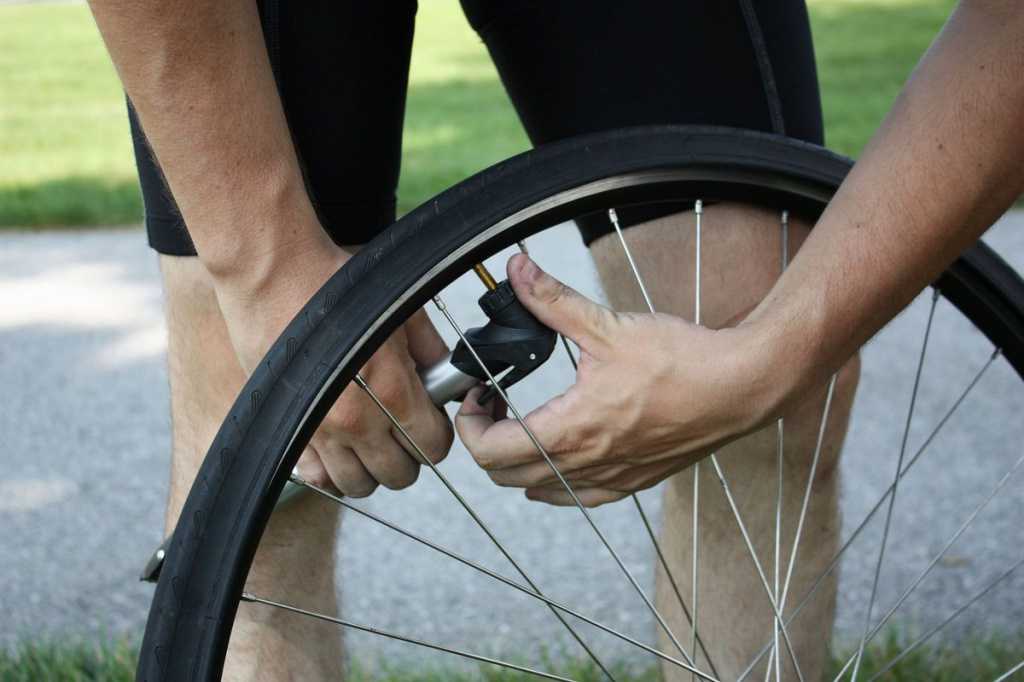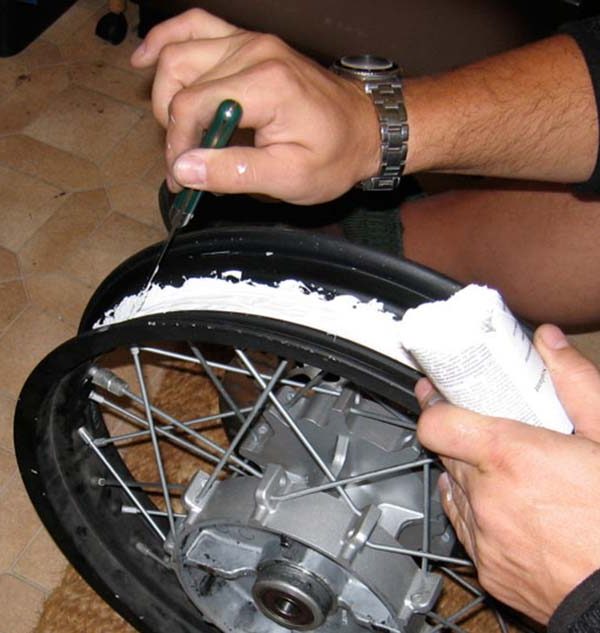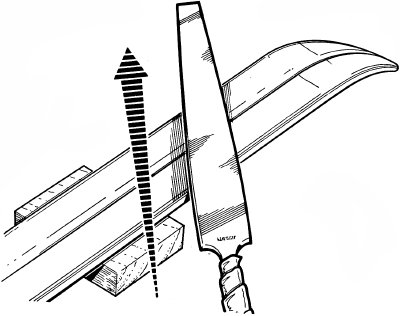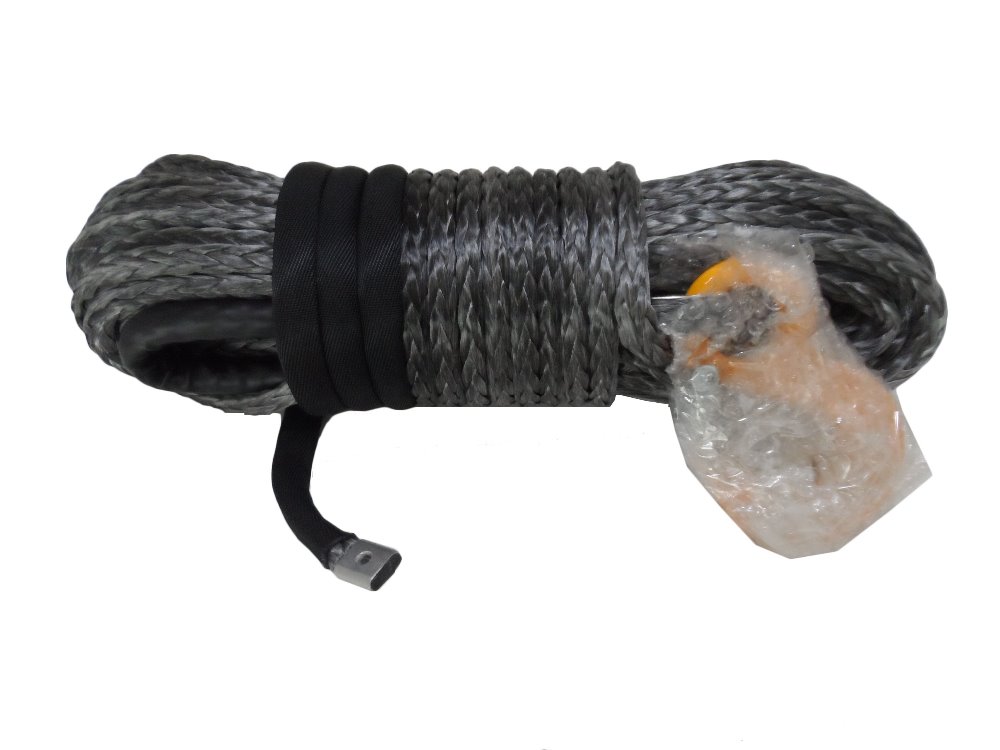Earlier this month, the Indian Creek Valley ATV Club in western Pennsylvania teamed up with Outdoor Life’s Open Country program to build new riding trails on private land leased to the club. What we learned, besides that building trail is hot, sweaty, satisfying work, is that there are necessary steps before the first face-slapping branch is cut. Here are seven considerations that should go into every ATV trail.
1. Planning
Before we began cutting trails at the ICV ATV Club, Al Sain had done his homework. Using topographical maps and GPS coordinates, Sain, the club’s secretary and ramrod, began plotting a new trail through the Pennsylvania woods using reflective tape to identify the course. By actually walking the course, Al had a chance to design—and later amend—the trail, and his final layout was designed to maximize the available land.
“I knew where we wanted the trail to begin and end, but as I walked through the woods I could visualize where the trail should go,” Sain says. Bearing in mind that this was a green-level trail (the easiest to navigate), he avoided difficult obstacles and designed the course with new riders in mind. Planning also helps prevent mistakes that have to be fixed later, and Sain says that working ahead of time helps keep trails organized. Instead of a spiderweb of short, straight trails that keep running over themselves, Sain’s club prefers to lay out trails that are longer and lend themselves to simpler trail maps.
2. Terrain
One of the first steps in establishing a successful ATV trail is having a thorough understanding the terrain. This varies from one location to the next, but the key is to maximize the experience for riders while maintaining a safe and easy-to-maintain trail system. In areas like southwestern Pennsylvania, there are abrupt elevation changes that provide a lot of up and downhill travel, but steep areas require diversion ditches and constant monitoring to quickly address erosion problems before they become a major problem.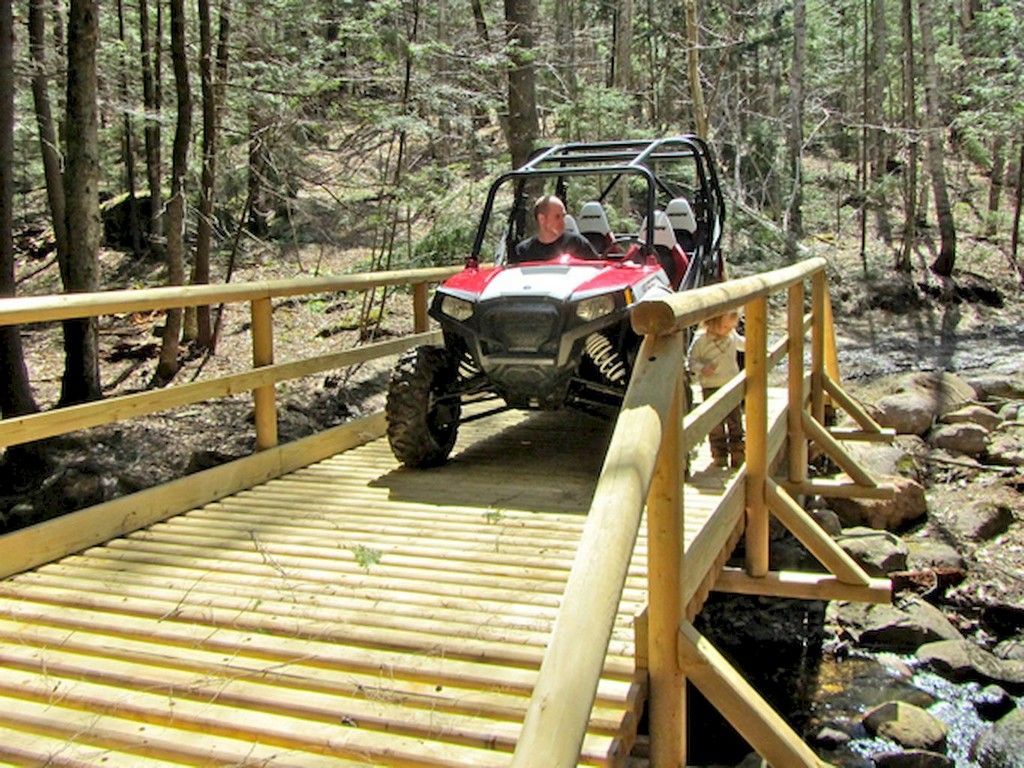 Flat ground provides easy travel, but rainwater collects on flat ground and creates large mud holes that continue to grow as passing machines eat up more of the soft mud. The key to establishing a successful trail is to utilize the terrain in the best way possible. At ICV, for instance, hillsides with large rocks become black-level advanced courses and provide challenging obstacles that require a high level of expertise and slow progression. Hillsides are always protected from erosion, but on flat areas water is diverted from some trails into mud holes to provide challenging courses for riders that aren’t afraid to get dirty.
Flat ground provides easy travel, but rainwater collects on flat ground and creates large mud holes that continue to grow as passing machines eat up more of the soft mud. The key to establishing a successful trail is to utilize the terrain in the best way possible. At ICV, for instance, hillsides with large rocks become black-level advanced courses and provide challenging obstacles that require a high level of expertise and slow progression. Hillsides are always protected from erosion, but on flat areas water is diverted from some trails into mud holes to provide challenging courses for riders that aren’t afraid to get dirty.
3. Runoff management
Runoff is a major problem on ATV trails, especially in areas like southwestern Pennsylvania where steep slopes and abundant rainfall tend to erode paths. Heavy rains will quickly carve ruts in trails, and in areas where there are a lot of rocks, the soil will be lost and a jagged, tire-shredding stone will emerge. To help control runoff, Sain and his team utilize diversion ditches that cut across areas where rainfall would likely wash away the trail, channeling the damaging water across the trail and down the mountain.
“Some riders want to know why we put ‘bumps’ in the trail, but they are actually our diversion ditches and they are critical to properly maintaining trails.”
4. Speed of travel
“Everyone wants to go fast on [ATVs], and that causes problems,” Sain says. “For starters, speed is dangerous. In addition, it reduces your ride time.” To remedy this, the ICV trails snake their way through the terrain and require riders to take the time to navigate around rocks, through standing trees and over fallen logs. By doing so, these trails prevent excessive speed, which can damage trails and result in injuries to riders. The nearly half-mile trail that we cut meandered through a patch of woods, providing a very navigable yet challenging and scenic trail. In addition to limiting rider speed, these serpentine trails make the most of the available land—instead of straight, high-speed runs, riders weave through trees and around rock piles.
The easiest way to cut trails is by using a bulldozer or other heavy equipment, but these trails are usually wide open and straight, encouraging high speed. The members of the ICV ATV club cut their trails by hand, making them narrower and allowing much more flexibility when it comes to adding twists and turns that mitigate rider speed.
The members of the ICV ATV club cut their trails by hand, making them narrower and allowing much more flexibility when it comes to adding twists and turns that mitigate rider speed.
5. Difficulty
Not everyone who owns an ATV is ready to cross boulders and ride steep inclines. For that reason, the ICV ATV club divides their trails according to the level of skill required to navigate the terrain. Green trails are the simplest—fairly level and free of tough obstacles that can quickly overwhelm new riders. Intermediate trails are labeled with blue markers, and they present more challenging rides yet they aren’t exclusive to expert riders. These trails frequently cross rocks and uneven ground, though they are free of really challenging obstacles that demand a high level of rider skill. Black trails are the toughest, providing expert riders with a real challenge in the form of steep inclines and declines and obstacles that would overwhelm and endanger new riders. Signs at the entry and exit points of each trail indicate the skill level required so new riders don’t accidently end up over their heads.
6. Accessibility
Great trails provide easy access to riders and offer ample space for parking and unloading and loading of vehicles, so before construction begins it’s important for any ATV club to set aside ample land for these purposes. Originally, the ICV ATV club members had to park in an area that was away from their trailhead, and riders then had to travel some distance before they reached the trail system. Recently, thanks to cooperation from local landowners, the club established a parking area that provides plenty of space for lots of riders and is located only a few hundred feet from the trails. Additionally, trail maps provide clear directions through the entire property and make it easy for new members to find trails that are on-par with their skill level and to access scenic overlooks and picnic areas within the club’s 850 leased acres.
7. Teamwork
Cutting and maintaining trails requires teamwork, and having members who are willing to lend a hand makes it possible to improve existing trails and create new courses. I was on a team of five as we cut a new trail at the ICV club, and the work would have been overwhelming for one person. Our group worked quickly, though, with various members assigned to cut limbs, remove large trees with a chainsaw, trim weeds, and remove debris by hand. In a little less than three hours we had opened a new trail that meandered nearly a half-mile through the woods, and when you consider that the club is home to over 36 miles of trails, you can quickly see the level of member cooperation required to develop an extensive trail system.
I was on a team of five as we cut a new trail at the ICV club, and the work would have been overwhelming for one person. Our group worked quickly, though, with various members assigned to cut limbs, remove large trees with a chainsaw, trim weeds, and remove debris by hand. In a little less than three hours we had opened a new trail that meandered nearly a half-mile through the woods, and when you consider that the club is home to over 36 miles of trails, you can quickly see the level of member cooperation required to develop an extensive trail system.
Have you planned and constructed ATV trails? If so, leave a comment here so others can learn from your experience.
Whether you are the proud owner of an all-terrain vehicle or you simply love the idea of off-highway recreation, there is a lot you can do with a substantial spread of private land. ATV riders are always on the hunt for new trails to tackle with their off-roading machines, but not many people realize just how much goes into building a safe and sustainable trail. Rest assured, riders! Although planning and building a trail can be sweaty and strenuous work, the reward is well worth the effort. In this guide, we not only take a closer look at the planning stage and factors to keep in mind when wanting to build your own trail but also some helpful suggestions from forest management agencies.
Rest assured, riders! Although planning and building a trail can be sweaty and strenuous work, the reward is well worth the effort. In this guide, we not only take a closer look at the planning stage and factors to keep in mind when wanting to build your own trail but also some helpful suggestions from forest management agencies.
Before you start hacking away at those face-slapping branches or clearing woody brush and cleaning up debris, you must take great care in planning each and every aspect of your ATV trail. There may be limitations on certain parcels of the property. As a rule of thumb, you should always avoid straight lines. Instead, allow your ATV trail to ramble from one interpretive point to the next. Every parcel of land has its own contour lines that will make trail development a little easier and reduce the risk of erosion. You must also keep any potential effects on the surrounding resources in mind. When you can, use areas that have well-drained soils, as these will be more stable, less fragile, and easier to traverse.
On the subject of safety, look for any terrain features that may pose safety concerns for riders that will be using the trail. Are there any steep drop-offs, rocky outcroppings, or unstable tread surfaces? Choose alternative corridors that can help you avoid or minimize potentially hazardous situations. You can use topographic maps to lay out and evaluate the land you want to use for your ATV trail. You should also consult county soil maps or contact local agricultural officials to ensure that the soil conditions are fit for off-roading. Walk the proposed course to get a clear view of what obstacles you and your fellow riders will face once the trail is cleared and ready for recreation. This will also help when it comes to deciding whether there should be any speed limitations to avoid the risk of injury or damage to the trail.
There are two main types of ATV trails that riders use today: loop and recreational. A loop ATV trail is one that is typically 8 – 10 miles long or more and composed of a series of loops for varying experience levels. A recreational ATV trail is one that can span several hundred miles in length and cross multiple jurisdictions. These trails may even share with other motorized recreational vehicles. With a recreational ATV trail, public access must be provided at strategic points. Before any construction can begin, you or your club must set aside some land for parking and other purposes.
A recreational ATV trail is one that can span several hundred miles in length and cross multiple jurisdictions. These trails may even share with other motorized recreational vehicles. With a recreational ATV trail, public access must be provided at strategic points. Before any construction can begin, you or your club must set aside some land for parking and other purposes.
Ripping and roaring down the trail can be exhilarating, of course, but one important part of responsible ATV ownership is creating a sustainable trail. In fact, the U.S. Forest Service has a lot of suggestions when it comes to building a new trail or improving an existing one so that you can safely keep water and soil healthy with sediment control. Shared stewardship is crucial and the U.S. Forest Service offers a variety of techniques to help you build and maintain a trail.
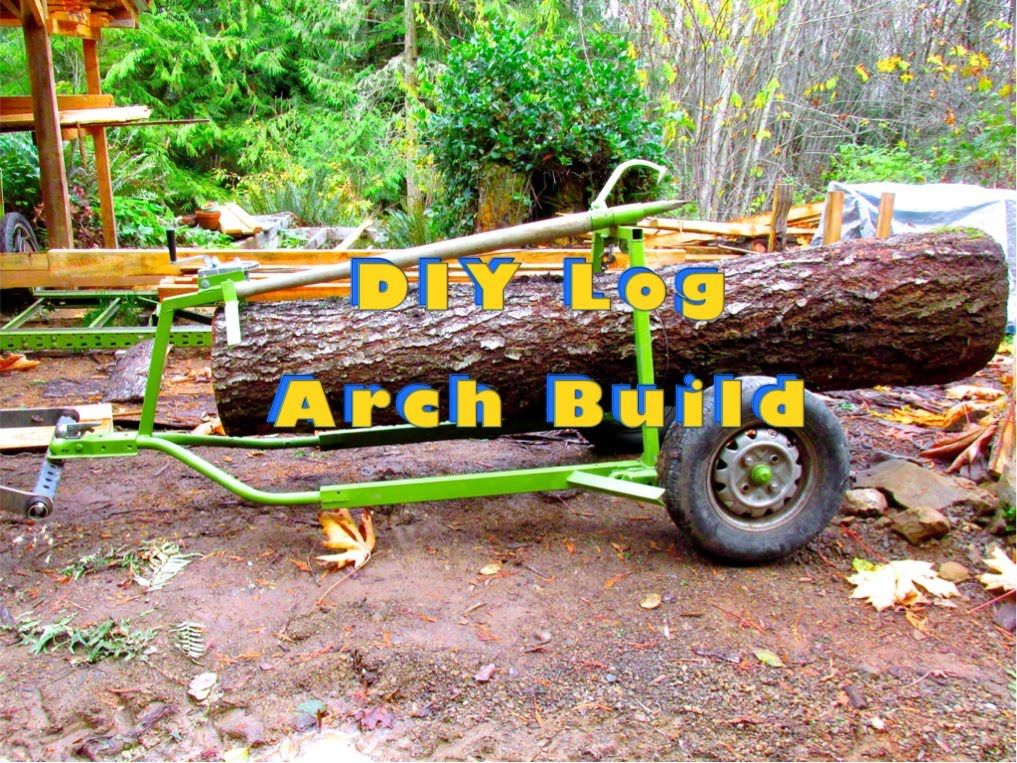 Keeping water off the trail by use of water diversions will be essential to your overall design plans. Diversions can reduce the amount of water running down the trail, and steeper trail sections will call for more frequent diversions. A diversion must be at or below the deepest portion of the wheel track to allow for water to exist the trail. Look for locations where water might naturally flow off the trail, as these will be the best locations for diversions which will limit erosion, minimize pollution, and protect the forest.
Keeping water off the trail by use of water diversions will be essential to your overall design plans. Diversions can reduce the amount of water running down the trail, and steeper trail sections will call for more frequent diversions. A diversion must be at or below the deepest portion of the wheel track to allow for water to exist the trail. Look for locations where water might naturally flow off the trail, as these will be the best locations for diversions which will limit erosion, minimize pollution, and protect the forest.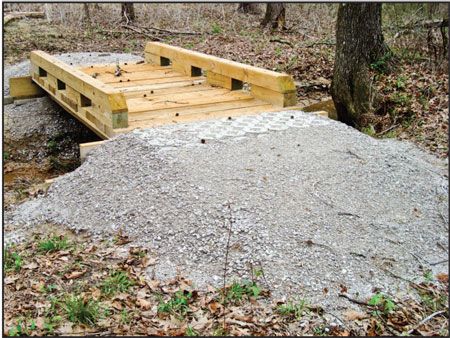 Ruts on stream approaches allow concentrated water flow that contains sediment to enter the stream directly. One technique you can use to get the trail across water is to build culverts and bridges. You can also minimize direct contact by using a ford.
Ruts on stream approaches allow concentrated water flow that contains sediment to enter the stream directly. One technique you can use to get the trail across water is to build culverts and bridges. You can also minimize direct contact by using a ford.Using your all-terrain vehicle, a chain saw, a hack saw, shovels, and other tools, you can easily clear debris from the proposed course and create a trail that is worthy of an off-roading adventure. If you don’t have enough property to build your own trail or your club is interested in creating an all-new ride area, there may be a way to secure government funding for your ATV trail project.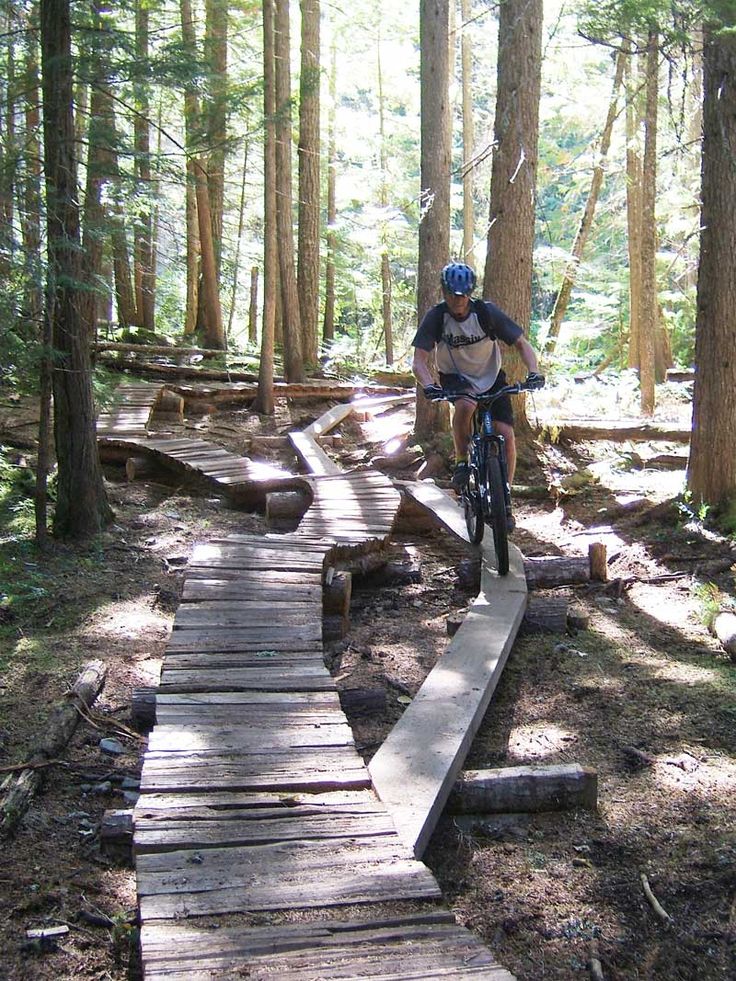 Every state has its own Recreational Trails Program (RTP), which has its own procedures to solicit and select projects for funding. Contact your local trail advisory committee to learn more!
Every state has its own Recreational Trails Program (RTP), which has its own procedures to solicit and select projects for funding. Contact your local trail advisory committee to learn more!
slides
river
BREAK
BROD
River
Mud
In doubt where to hold a corporate party? We invite you to come to our route for free, we will change you, put you on an ATV, and show that you and your team will be waiting!
try
The price of the service includes: Helmet, disposable waterproof overalls, boots. The price is for one double ATV, the maximum load of the driver and passenger is 170 kg.
4000 °
order
7000 R
order
9500 r
order
Call + 7 (968) 797 34 64 or ask a question in the feedback form become a team of ONE WHOLE!
You are on ATVs making your way along a difficult path that passes through a picturesque forest, on the way you meet rivers, ravines, streams and sheer hills. Upon reaching the forest base, a chilled weapon is issued!
Upon reaching the forest base, a chilled weapon is issued!
You will learn how to disassemble and load it, learn the basics of shooting, as well as mining, with explosions of explosive packages. Setting up smoke screens with explosions of army smoke bombs. And shooting from pneumatic weapons at targets. Prizes are waiting for the best ones!
And the highlight - in the finale, a column of ATVs gets into an ambush with our actors, who will conduct cross-automatic and rifle fire from chilled weapons! (This part is discussed separately with the customer, as this moment is very emotional)
The Chilled Weapon is a real military weapon redesigned for civilian use. That is, the weapon can only fire blanks, but all light and noise indicators are preserved. A shot from a cooled weapon is no different from a combat one, except for the departure of the bullet itself - it is not there! It is safe to shoot a cold weapon.
Minimum number of vehicles: 3 ATVs.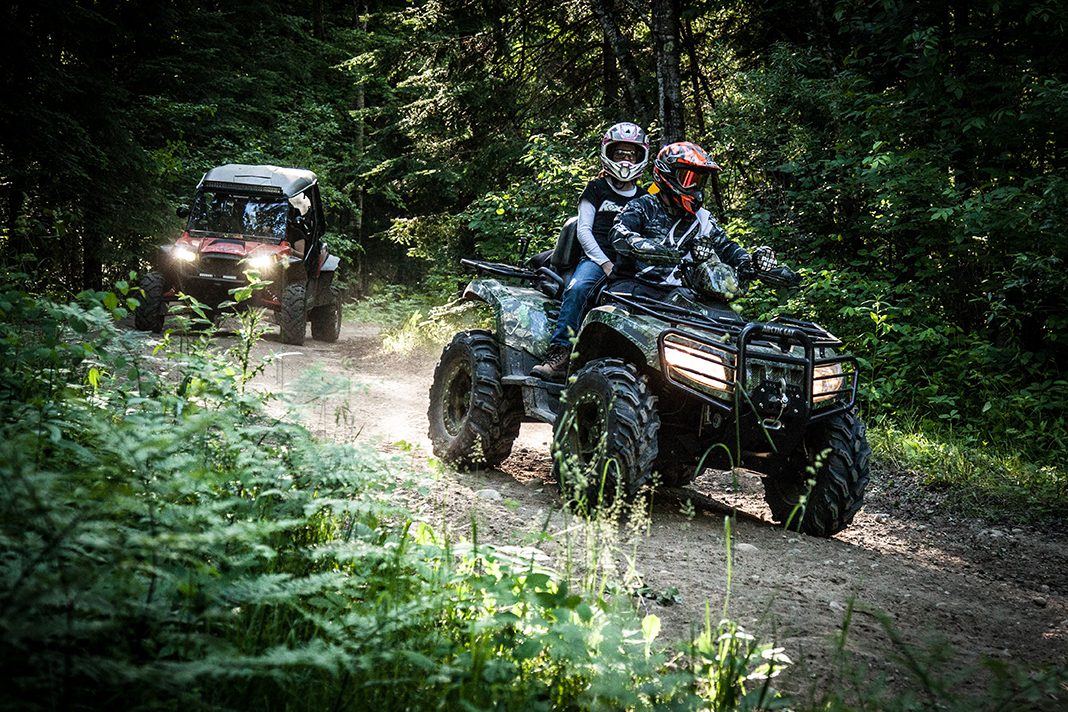
Cost: 20 000R per ATV + 2000R per passenger Duration: 5 hours
order
And here are a couple of contests!
This is how you will have to defend yourself!
At the request of the customer, we will develop an individual route to make your vacation memorable!
order
These tours are designed for 10 hours, with breaks for a picnic by the fire and further excursion.
We guarantee that you will remember this trip for a long time! Participation of children under 16 is considered separately.
This is a small part of what will open to your eyes.
This is an incredibly beautiful underground world with its own rules and laws.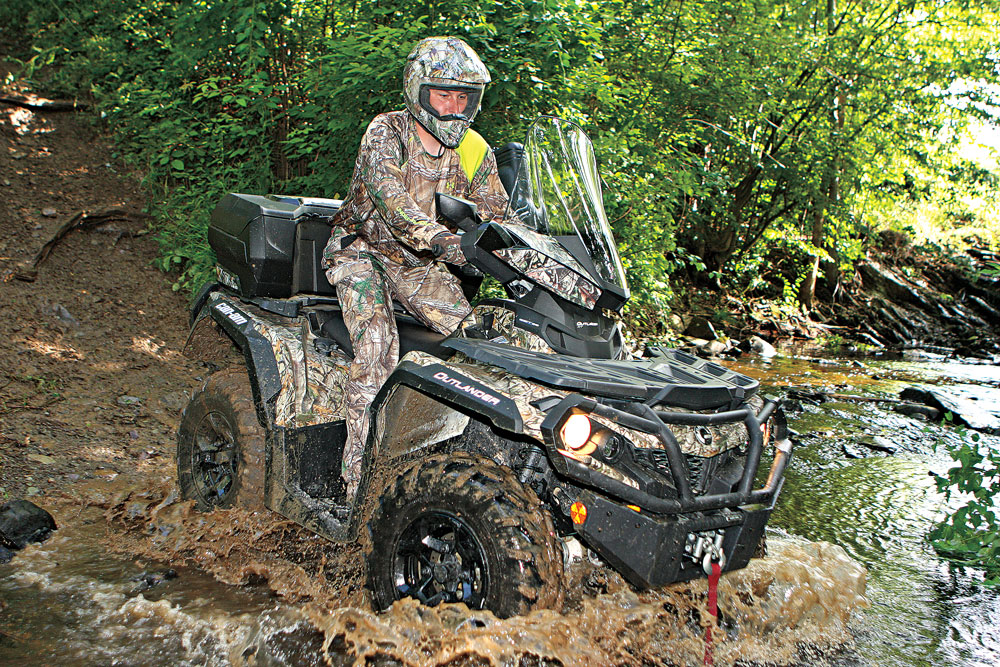 A world where darkness reigns and there is no counting time. Making your way under multi-ton boulders, you are completely immersed in yourself and feel the full power of this place.
A world where darkness reigns and there is no counting time. Making your way under multi-ton boulders, you are completely immersed in yourself and feel the full power of this place.
In silence, turning off all the lighting devices, you feel how the darkness and centuries-old peace of these walls envelop you, primal fear makes you feel alive, right here and now, feel that you are alive and there are no problems in this underground world, all of them stayed up there..
Here, there is only serene peace and balance, nothing can disturb him…
It's worth getting together and spending one day on this fascinating journey.
We assure you that you will not forget such a TOUR and all doubts will be dispelled with the first roar of the engine, which will mark the beginning of the journey!
You can also purchase a Gift Certificate for our tour.
Cost: 25 000 rub for the second passenger 2 000Р
order
Call +7 (968) 797 34 64 or ask a question in the feedback form.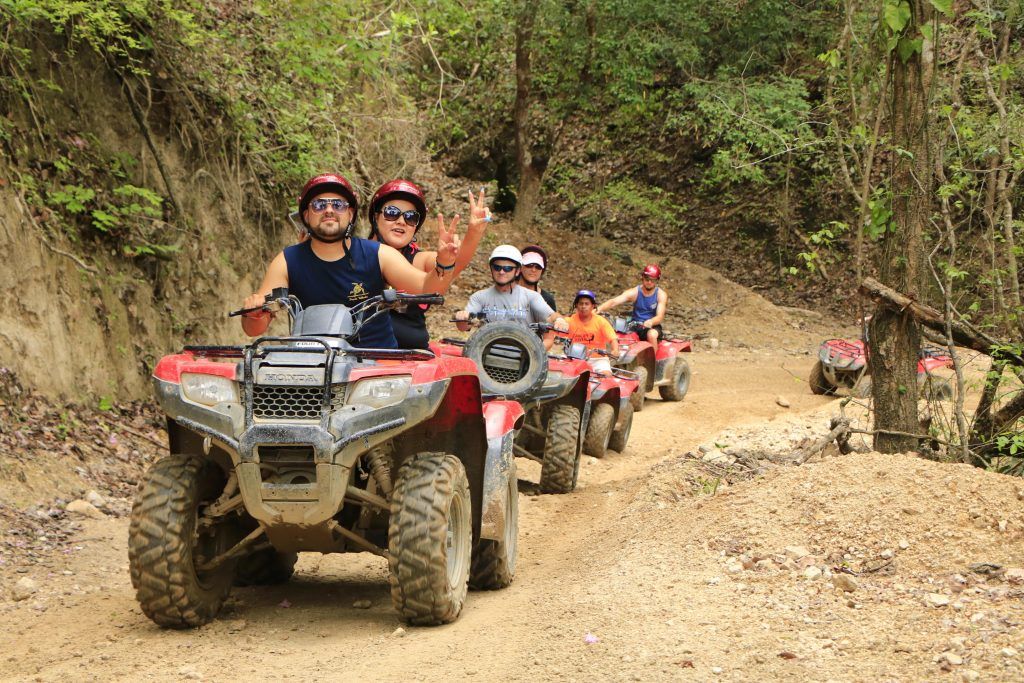
Having made your way through the dense forest and swamps that surround this place, your gaze appears to be a sandy desert stretching to the horizon, with hundreds of craters filled with colorful water.
Driving through sand dunes, sliding down steep hills, storming another water obstacle into a ford, monsters appear in front of you ... monsters clad in iron.
Being next to hundred-meter monsters, you feel like a tiny grain of sand in this world of giants.
You can also purchase a Gift Certificate for our tour.
Look all this is located in the nearest suburbs.
Cost: 25 000 rub for the second passenger 2 000 rub 5
Order
In the forest we prepared special recreation areas, where you can get meat in the mangale, mangale take a break and enjoy the beauty and silence of the forest under the crackle of a fire and the clatter of a cooling ATV engine.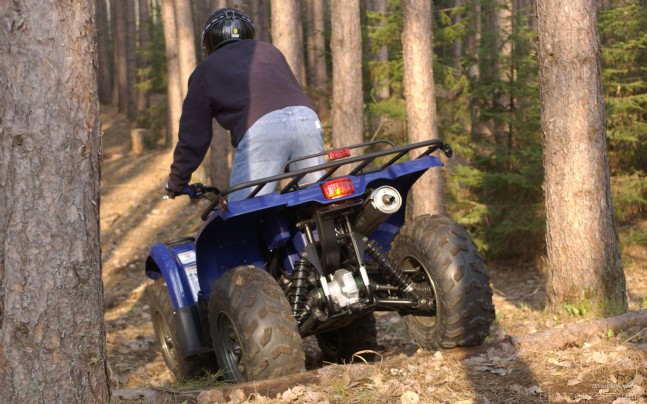
The cost of renting a gazebo with barbecue:
2500R per hour
order
We can arrange a group Sandy beach in the heart of the forest We want to remind you that we have a Flood slept, crossings fromSpring is already very close 🚜💨
Who was waiting for the mud?🚜💨 It's
Suns 🚜
MO DOMODEDOVO,
Restaurant "Tractor at Khutorka", 18 km from the Moscow Ring Road 5
504, 505, 512, to the stop of the stop of "Dachnik"
daily from 09:00 to 22:00
66666666666 Created with Sketch.
Created with Sketch.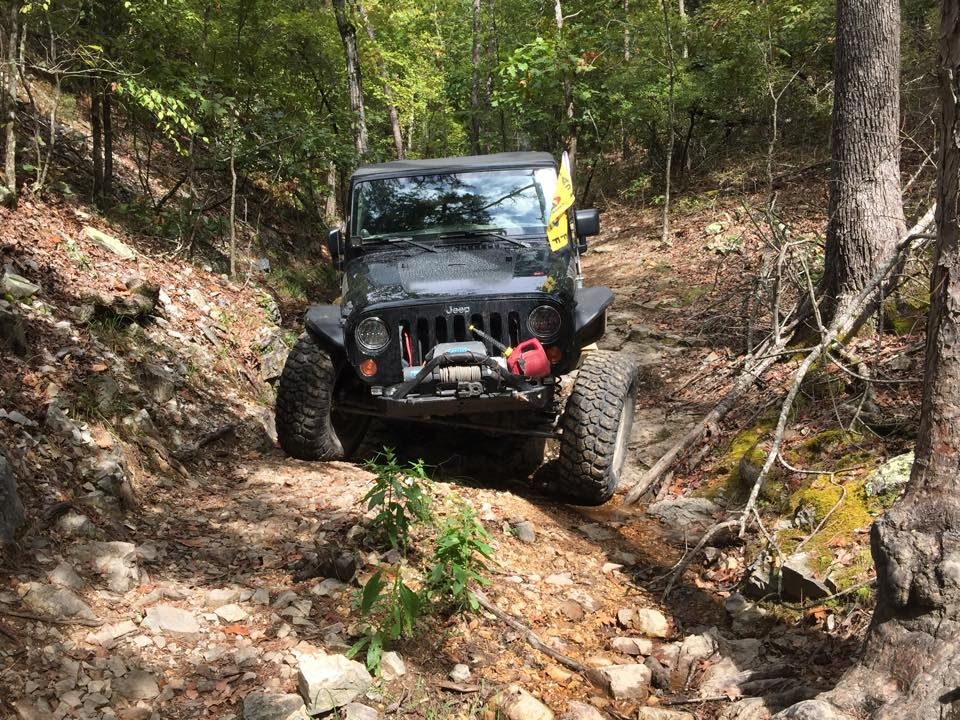
Created with Sketch.
Created with Sketch.
What does the Forest hide behind its vaults? Where do the forest trails go? We will go to the very heart of Kumysnaya Polyana. This place is not marked on the map. You can get here only by opening the forest step by step, picking up the keys.
Route duration: 1 hour 40 minutes.
For children over 8 years old.
You can go on a trip with a child by taking an adult quad bike at a discount. (An adult ATV can be ridden by two parents or an adult with another child from 3 years old).
Parents can join on an adult quad bike at the price of a child!
An adult ATV can be ridden by 2 adults or an adult and another child.
The instructor will help you learn the basics of ATV control. This is not difficult.
Fascinating walking tour along the forest roads. Easy rugged terrain
The largest and oldest oak tree in the vicinity of Saratov. Age over 200 years. Is it true that Pushkin planted him? What estate was nearby?
One of the symbols of the Kumis meadow. Favorite place for photo sessions
Shamans gather here several times a year at midnight to perform a ceremony. Let's visit the Place of Power
Mysterious grove of Kumysnaya meadow with bizarre images and mysteries of nature
A small grove of cork trees in Kumysnaya meadow.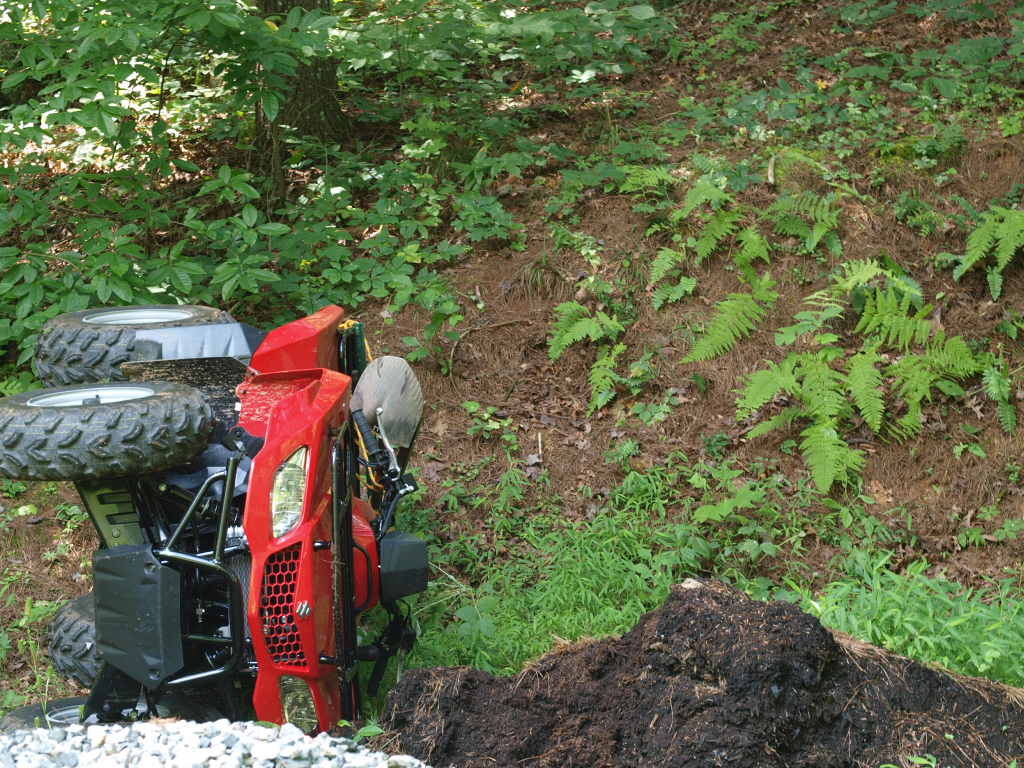 Feel their bark - it's soft!
Feel their bark - it's soft!
Yourself, comfortable clothes for the forest, a telephone/camera, you can take a bottle of water - we will collect it in the spring.
On the route there are stops at forest sights, where you can learn their stories, see and take pictures. Also, you can stop at any place you like
There are many beautiful places for photos on the route. You can stop at any one you like. Take a selfie, or ask the instructor to take a picture of you!
Book
online free of charge
8 917 300 05 06
Chat
Created with Sketch.
from 4600r.
Date
10/28/2022
-
28.10.2022
Angelica
Manager
8 917 300 05 06
Reverse call
Chat
